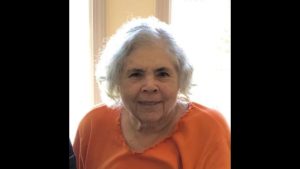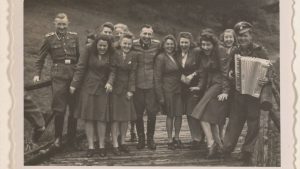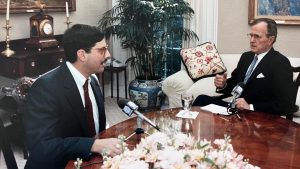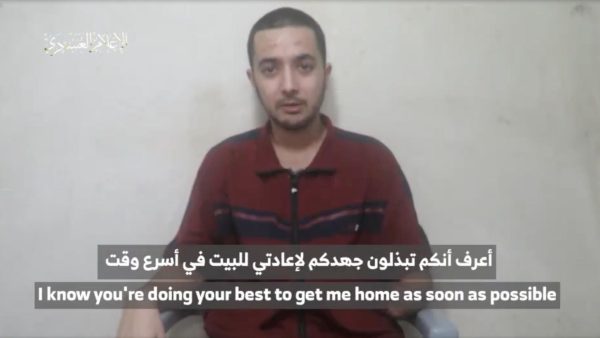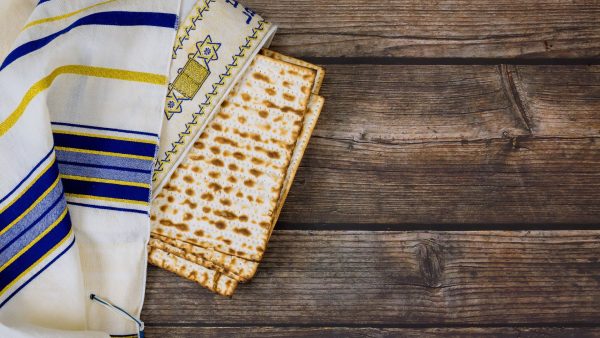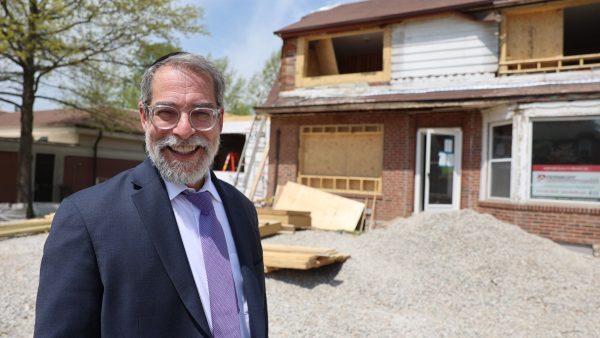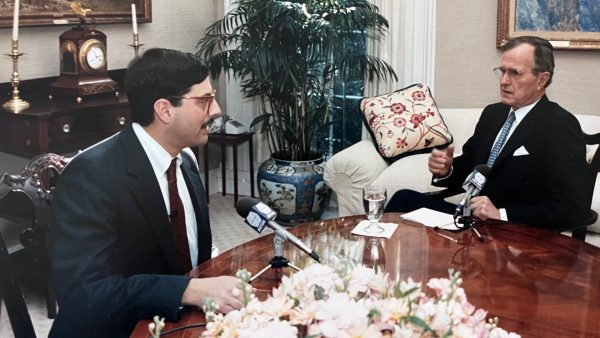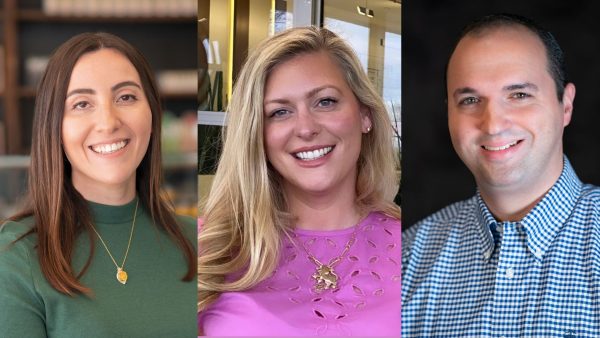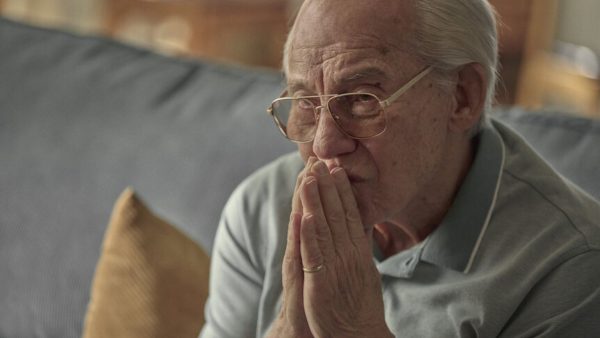Father(s) of the bride
Published October 14, 2015
Getting ready for work last week, I caught a TV clip that left the “Today” show anchors blubbering. It showed an Ohio bride’s father surprising the bride’s stepfather by stopping the wedding procession and grabbing his hand so the two men could walk their daughter down the aisle together. I thought, “This is sweet but why is it newsworthy?” and continued to get dressed.
On Sunday, both “CBS Sunday Morning” and the New York Times included stories about this deed on its broadcast, and in the Style section, respectively. It seems this simple act of humanity struck an emotional chord among millions worldwide. According to the Times story, the wedding photos, which include one of the two fathers hand-in-hand, another with their arms around each other and a third with them flanking the bride, garnered 64 million views as of Oct. 8 on the Facebook page of Delia D. Blackburn Photography of LaGrange, Ohio. Blackburn was the one who shot the photographs.
I’m not trying to be coy or naïve — I understand the poignancy of the moment. I know from my own experience that divorce can be hard and painful, as can co-parenting and blending families. Feelings of loss, insecurity, fear, jealousy and hurt can be overwhelming and get the best of us.
But what about love, respect and kindness, aren’t they part of the equation, too? If not right away, then at some point in the process as time takes hold?
Why is the gesture one father made to another, inviting him to share the honor of standing up with the daughter they raised together, so surprising? Given that nearly half of all American families have gone through divorce, leaving countless stepparents, stepsiblings, half-siblings and stepchildren out there, why isn’t this father’s action the norm?
I posed these questions to some local experts, including Nancy Williger, a psychologist with a longtime practice in family therapy, conflict resolution and mediation. She says that 25 percent of divorces are “good divorces,” meaning that both parties have come to the realization that their marriage isn’t what they want and are ready to move on. “They have a good sense of emotional maturity,” she says. “They can be friendly, even friends, and not put their children in the middle. If (one of them) meets someone else, they can introduce that person in a way that is respectful to everyone involved.”
Conversely, says Williger, 25 percent of divorces are horrible. “They end up in litigation and there is bitterness forever.”
The other 50 percent “are kind of on the edge,” she says. “In a divorce you have to have closure to the marital relationship. When that happens successfully people can move on.
“When it’s a little rougher — if one person wants the divorce and the other doesn’t, there may be a sense of betrayal and bitterness. Still, that couple may be able to co-parent and work together for the children. They can be somewhat cooperative with each other. Often when conflicts begin is when a stepparent enters. There may be residual insecurity that gets stirred up.”
Alan Freed, a family law attorney who specializes in mediation, agrees that when a “third party” is introduced into a family, an already strained situation can snap.
“Divorce is really complicated and highly emotional,” says Freed. “It feels like jumping off a precipice without knowing how far you will drop. There is such a loss of control.
“More often it’s a problem when a new woman is introduced. The mom gets really scared she is being replaced. There can be a lot of hurt and anger that results, which often affects the kids.”
Meredith Friedman sees that everyday, as CEO at Kids in the Middle (KITM), which provides counseling for children whose parents are separated, divorced or remarried. In February, KITM launched a pilot program in which divorced (or separated) parents are placed in group therapy sessions but not with each other. Over 12 weeks, the group discusses everything from stresses caused by divorce to strategies for single parenting to integrating new relationships that may come along.
“We blend men and women in these groups so that they can get different perspectives,” Friedman says. “It’s the same concept that works so well with our kids.
“We are seeing a huge, positive difference because parents are forming networks, realizing they are not alone and looking to one another for help. They have someone else they can talk to, and they are also hearing different points of view, which can broaden their outlook and move them to the next level.”
All three of these professionals say proper counseling, emotional maturity and time can help divorced couples heal. As a strong proponent for mediation rather than litigation, Freed believes divorcing families are better served by problem solving rather than faultfinding.
“If you look for faults in the other parent, you will find them,” he says. “The truth is we are all flawed.”
To help parents set aside their differences and focus on their kids, he draws a big boulder with stick figures on either side of it. “I try to get them to recognize that their perspective isn’t the only one and kids have stake in the outcome,” he says. “Parents have the ability to let kids have a softer landing.”
That brings us back to the Ohio father, and why extending a hand to his daughter’s stepfather was newsworthy. If you consider that only 25 percent of divorces are “good” divorces, then sadly I suppose this kind of emotional generosity is rare.
“He was willing to say that love isn’t finite. That because she loves him doesn’t mean she loves (her biological father) any less,” says Williger. “To be willing to share that special moment requires someone who understands the more love you give, the more love there is.”
Certainly it reaffirms what has been my experience as a stepparent for nearly 20 years. Getting along isn’t just good for the kids, it’s good for us, too.






